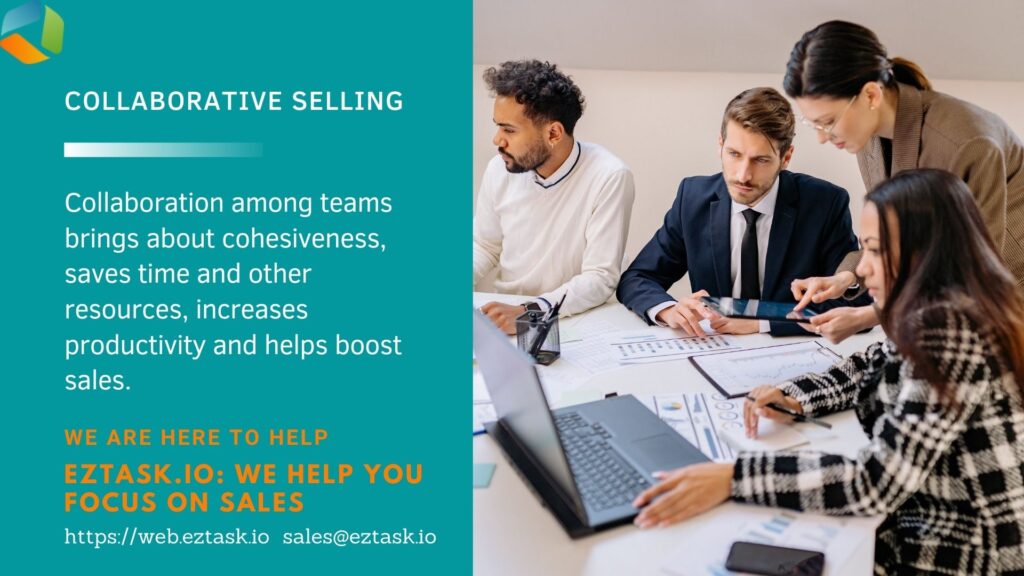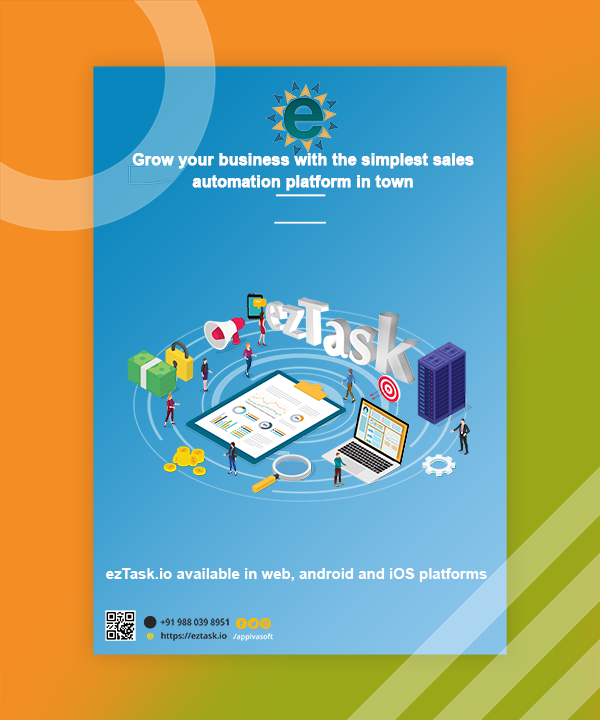
Sale is not easy and it needs a continuous work and follow ups. And its getting tougher day by day. Modern tool sets are intended to help in simplifying the sales process, however repetitive tasks like continuous data entry makes it more complicated. Just because the tool is there, doesn’t mean that they feel the need to use it. If data isn’t put in, and records are updated, the return on investment is poor.
Some of the factors that a CRM system provider should keep in mind:
- Make sure goals for CRM are communicated with your sales team
- Give salespeople an incentive for buying into new tech
- Provide sales-related context for CRM use
- Collect and act on feedback from your sales team
- Encourage leadership to set a good example
- Keep the CRM system as simple as possible
Especially now that most sales teams have moved to a remote selling model, CRM systems need to be both powerful and easy to use.
Another important thing that a CRM system should aid collaborative selling. Collaborative selling is not new, but its a age old sales process which is achieved by a team.
What is collaborative selling?
Collaborative selling involves collaboration not between sales team members, but between your salespeople and your customers. Working together, sales professionals and customers can find the right solutions for individual clients, while driving more sales success for your team.
Collaborative CRMs are a great tool for team-based environments where data or customer interactions are shared across the organization.
Collaborative CRM is a method in Customer Relationship Management (CRM) where various departments (like Sales, Marketing, Service, Finance) within an organization share customer information to maximize profitability, increase customer satisfaction and loyalty.
Example: Feedback from a customer, gathered by technical support team could help marketing team to suggest more suitable products or services to the customer.
Advantages of collaborative CRM
– Improves customer interactions across channels
– Reduces service cost by using web or online collaborations
– Synchronizes customer data with call centre to allow multi channel interactions





